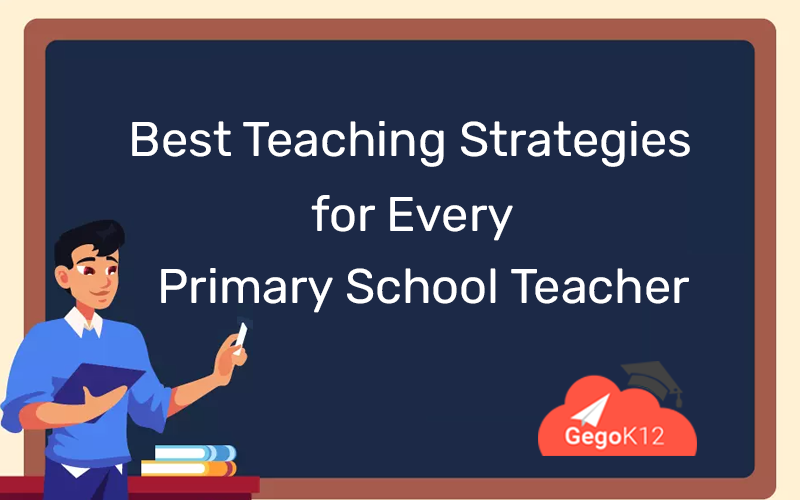Primary school teachers play a significant role in instilling knowledge in their students and keeping them engaged in their classrooms. Best Teaching Strategies For Every Primary School Teacher. Teachers can use various teaching styles to help their students learn to depend on the age of the children they teach and the subject they teach. Recognizing some of the preferred method school teaching styles can assist you in deciding which method to use when working in this profession.
What Are Teaching Methods?
Teaching methods are strategies teachers use to deliver information and assist students in achieving their learning objectives. While there are various teaching styles, each has a unique method of engaging students and assisting them in mastering the lesson content. Teachers can modify their methods to assist students in maintaining focus, managing student behavior, and encouraging active participation in group learning activities.
Best Methods of Teaching for Primary School
Small Group Instruction – Primary School Teacher
Small group instruction allows children to learn in a small group with their teacher. Using this teaching method typically entails planning activities for students to rotate between to give them opportunities to work on various tasks. Teachers can pay close attention to each student’s abilities and engage them in the learning activity using this method. Getting involved with students in small groups can be a great way to reinforce what was learned in a larger group and encourage students to ask and answer questions more knowledgeably.
Teacher-centred Approach
This is among the most prevalent primary school teaching methods. The teacher is generally in charge of the classroom and directs all learning activities while the students passively absorb the information. Students must typically sit at individual desks while the teacher explains the topics. The teacher assigns work individually rather than in groups to assess student progress.
Student-centred Approach – Primary School Teacher
A student-centered approach involves students in lesson planning and the learning process. Without the teacher’s direct instruction, this strategy allows children to develop their critical thinking skills while interpreting how to apply the knowledge they learn in the real world.
In contrast to the teacher-centered approach, students generally move freely around the classroom to explore their learning environment, with teachers playing a less active role in hosting the lessons. This method of instruction can place a great deal of responsibility and ownership on the students instead of the teacher.
Project-based Learning
Project-based learning allows children to hone their critical thinking and analytical, research, and teamwork abilities. Best Teaching Strategies For Every Primary School Teacher. In this method of instruction, students usually work in small groups to complete projects based on an open-ended question provided by the teacher.
The project’s goal is usually to help children understand real-life problems and how their work affects others. Generating a campaign to encourage families within the school to recycle containers and then taking the containers to the recycling center to learn about the recycling process is an example of project-based learning.
Montessori
For kindergarten and pre-primary students, Montessori provides a student-centered approach to learning. Teachers use this teaching style to set up multiple learning activities in the classroom, and the children explore each workout at their own pace. The teacher may encourage students to investigate specific training to ensure that students experience diverse activities during each lesson. Unlike most curriculum-based concepts, Montessori teaches children life skills such as cleaning and cooking in addition to basic math and literacy.
Inquiry-based Learning
Students are wholly held accountable for their own learning in this teaching style. It motivates students to ask questions to explore and comprehend real-life experiences by reviewing material and exchanging ideas. Inquiry-based learning encourages problem-solving by allowing students to fail at an activity and seek ways to improve their performance. This type of learning can be beneficial in helping students solve math puzzles in their own unique way or conduct their own science experiments to understand a physics concept.
Personalized Learning – Primary School Teacher
A student-centered method is to provide a personalized approach to teaching. The teacher uses this method to observe and respond to individual student’s strengths and weaknesses. Generally, the teacher spends a significant amount of time planning activities and learning outcomes for individual students based on how they learn best. Teachers who use a personalized learning approach allow their students to develop their intellectual and artistic talents at their own speed.

